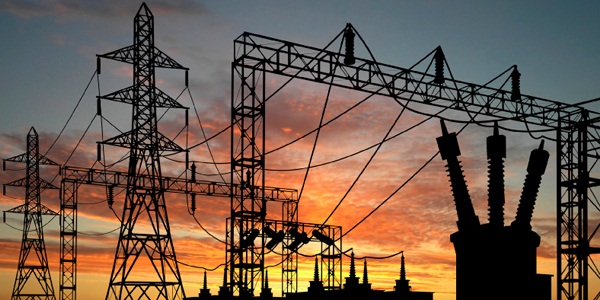The power sector circular debt has mounted to an alarming level of Rs439 billion as at February 15, 2017. This has brought it nearly at par with the 2013 level. This has been a consequence of poor governance, failure to curb energy losses and inefficiencies, it has been reported.
The incumbent government, which cleared Rs480 billion of circular debt after coming into power in 2013, is feared to leave behind almost the same amount for the next government.
Failure to implement the Circular Debt Management Plan, prepared in 2015 for capping the outstanding amount at a fairly manageable level, has been the main cause of the rising circular debt. Owing to persistent failure in reducing power losses and enhancing recoveries, the circular debt is bound to pile up massively ahead of the next general elections, it has been claimed.
The huge amount of circular debt will not only present challenges for the next government but will ultimately add to consumer resentment who might have to face electricity shortage in the coming summer due to the non-payments to power plants.
The government prepared a circular debt management plan in September 2015 to reduce it from Rs314 billion (as of end June 2015) to Rs212 billion by financial year ending June 30, 2018 (FY18), while keeping within the targets of 0.4 percent of GDP for subsidies to the power sector (about Rs128 billion) and four percent fiscal deficit. It was envisaged that at the end of each month, the circular debt would be maintained below the cap of Rs314 billion. The circular debt management plan or capping mechanism includes reducing the increase of circular debt flow as well as the outstanding amount or stock.
Policy-induced public sector power entity debt, including the Power Holding Company Limited (PHCL) debt was targetted to be reduced from Rs335 billion to Rs220 billion by FY18.
The government planned to increase collection from public sector power companies by five percent by FY2018 and to reduce losses by 1.7 percent by FY18 through efficiency gains, privatization, and private sector participation. Collection from government customers were to be rationalised and subsidies were to be paid on actual basis and paid according to schedule.
However, sources claimed, all such targets proved difficult, mainly due to half-hearted efforts and bad governance.
Consequently, the pending payments to IPPs reached Rs439 billion by the mid of February. The receivables of Kot Addu Power Company increased to Rs68.177 billion, the Hub Power Company’s due amount went up to Rs64.194 billion, Central Power Generation Company’s to Rs62.796 billion, Northern Power Generation Company’s Rs56.747 billion, Wapda’s outstanding amount went up to Rs23.853 billion, and Jamshoro Power Company’s due amount augmented to Rs18.288 billion.
These are a few prominent receivable companies, while many other companies are also awaiting their dues. While failing to get their dues, several power generation companies had to opt for calling of sovereign guarantee in an attempt to get their money back. Some of the IPPs were to seek intervention of the apex court after the government defaulted on sovereign guarantee.
The IPPs later agreed to withdraw cases and resolved the dispute through arbitration envisaged under the power-purchase agreements as part of a deal with the Pakistan Muslim League-Nawaz (PML-N) government for payment of outstanding dues. Unfortunately, sources revealed that the situation was now reaching the same level, and that the government must honour its sovereign guarantee to protect the investment in the power sector.
Yunus Dagha, Federal Secretary Water and Power has refrained from commenting on the issue of mounting circular debt and failure of the government to curb losses of the power sector.
























